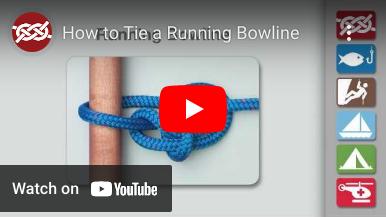
1 minute read
SELCAT Spotlight
by Selcat44
Journeyman Lineman:
Brandon Honea
Cory Anthony Briggs
Robert Berryhill
Chase Marcus Effler
Grainger Leggett
Nathaniel Thorne
KNOWYOURKNOTS.. KNOWYOURKNOTS.. KNOWYOURKNOTS..
Running
Journeyman Underground
Technician: Jonathan Pereira
The running bowline makes an excellent slip knot or noose. It runs freely on the standing part of the rope. It is very strong and efficient, and can be untied easily.
To tie a running bowline:

1.)Make an overhand loop with the end of the rope held toward you.
2.) Holding the loop with your thumb and fingers, bring the standing part of the rope so it lies behind the loop.
3.)Take the end of the rope in behind the standing part, bring it up and feed it through the loop.
4.)Pass it behind the standing part of the loop, and bring it back down through the loop.
CLEARANCE:
WATCH YOUR STEP!
When working within a Substation, pay attention to your surroundings to avoid accidents. Here are a few safety tips to help you get around safely in a Substation:
Keep enough clearance from energized parts to avoid accidental contact. If you can't avoid them, live parts should be guarded or enclosed.
Minimum Height:
A minimum height from the ground to any ungrounded part of an electrical installation should be 8 feet 6 inches, so a person staying on the ground can't easily touch a Substation element or it's part which may become energized accidentally.
Illumination:
There should be sufficient lighting for personnel to see clearly and perform any work safely. Required lighting levels are specified in the NESC.
Passageways:
All passageways and stairs should be wide enough for workers to navigate them safely. Adequate railing should be provided and any floor openings should have guard rails.
Evacuation Routes:
All exits should be clearly marked and should be free from obstruction. Depending on the function of the building (control house, etc.) it may require several exits to avoid a worker being trapped during fires, etc.



